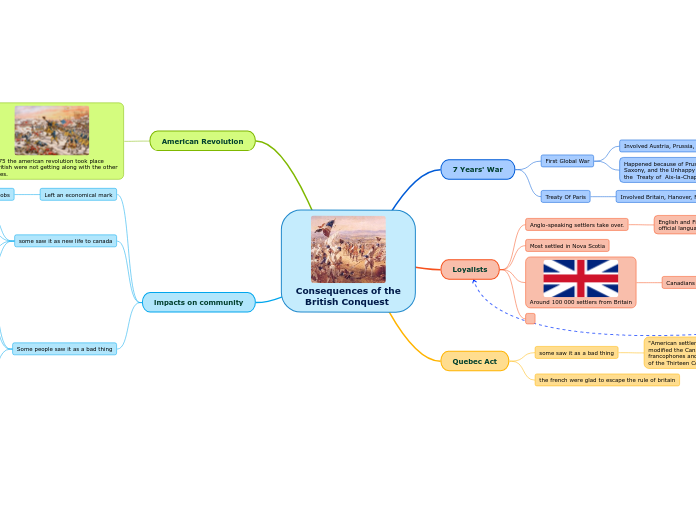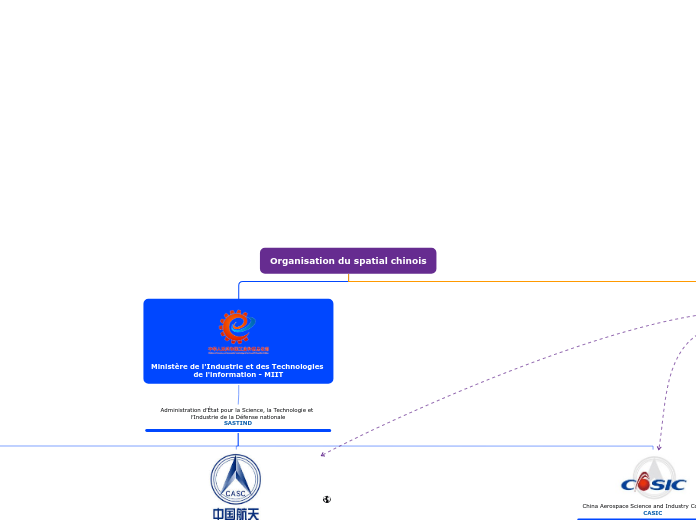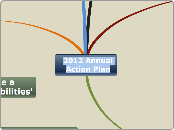par Kwanea Bonelli Il y a 7 années
274
Time Period 1491 - 1607
The early 16th century saw significant exploration and conquests primarily driven by Spain. Francisco Garcia de Loaysa, representing King Charles V, authorized Francisco Coronado to explore northern lands, aiming to expand Spanish dominion and spread Catholicism.









